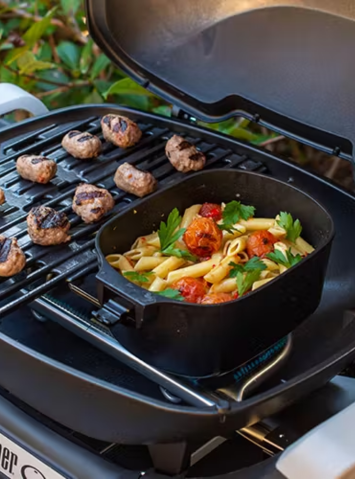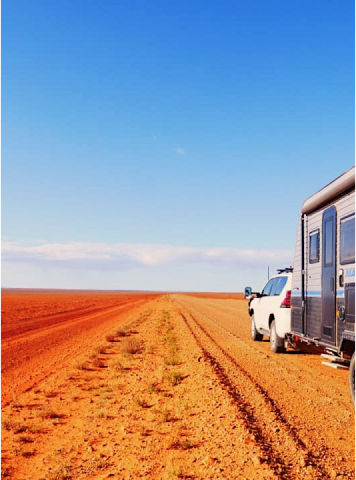Essential First Aid Items
23rd Feb 2022
There is no better feeling than caravanning camping in the outback or the bush and staring into the starry night sky. But being all alone with the nearest hospital 200km away is not an ideal situation when you or a loved one has to deal with a snake bite, an outdoor injury, or a severe allergic reaction.
Everyone should be prepared for situations like this, and having an emergency first aid kit is the bare minimum. You can either look into one of our pre-prepared first aid kits or make your own. Here are some of the essential items you must have in your kit.

1. Essential Medications
Your first aid kit must include medications that are essential to you and your family. Pre-prepared first aid kits do not include such medications, and you must pack them yourself. Consider two types of medications: specific and general. Specific medications only apply to you and your family. Think about things like a puffer if you are asthmatic or an EpiPen if you are allergic to bees.
General essential medications are for the kind of event that could happen to anyone. These might be medications for pain relief, fever, upset stomachs, diarrhoea, insect-stings, heartburn, and allergic reactions.
2. Cleaning, sterilising, and disinfecting
You should try to tend to all wounds and cuts when out camping. Failure to do so can often lead to infections, especially if you’re in the bush or near water.
We recommend including the following in your first aid kit: ● Disposable gloves: preferably non-latex to treat to wear before treating a wound; ● Medical disinfectants: to kill germs and protect against infections, such as Dettol; ● Anti-bacterial ointment or wipes: to remove bacteria from an injury; ● Hand sanitiser: to disinfect and remove bacteria from your hands after cleaning wounds.

3. Covering, wrapping, and protecting
Your first aid kit must include items that allow you to tend to all wounds and cuts when out camping or caravanning. Leaving wounds and open cuts uncovered may dry out new surface cells, leading to an increased risk of infection, and slowing down the healing process.
It’s vital to bring bandages of a variety of sizes to be prepared for any kind of cut. We recommend:
● Band-aids: preferably waterproof in circular and long strip sizes to cover all minor cuts; ● Gauze pads: for general cleaning, dressings, prepping, and debriding wounds; ● Pressure bandages: to apply pressure to any wound covered by a gauze pad; ● Liquid bandages: antiseptic treatment for hard-to-cover cuts.
4. First aid accessories
First aid accessories are tools that will come in handy in an emergency. Here are some of the top accessories we think are important: ● Knife: useful in a variety of scenarios such as cutting clothing, cutting tape; ● Emergency/Space blanket: used to treat hypothermia, shock, and to keep an injured person warm after blood loss; ● Duct tape: can be used to fix almost anything and is a key tool to tackle unexpected twists, sprains, and strains; ● Tweezers: are an easy way to remove a splinter, tick, or debris from a wound; ● Sewing needle and thread: to temporary stitch a wound; ● Lighter: can be used to sterilise any medical equipment; ● Long-life food: is for long term storage so you can be prepared if disaster strikes.
For your first aid needs check out



















